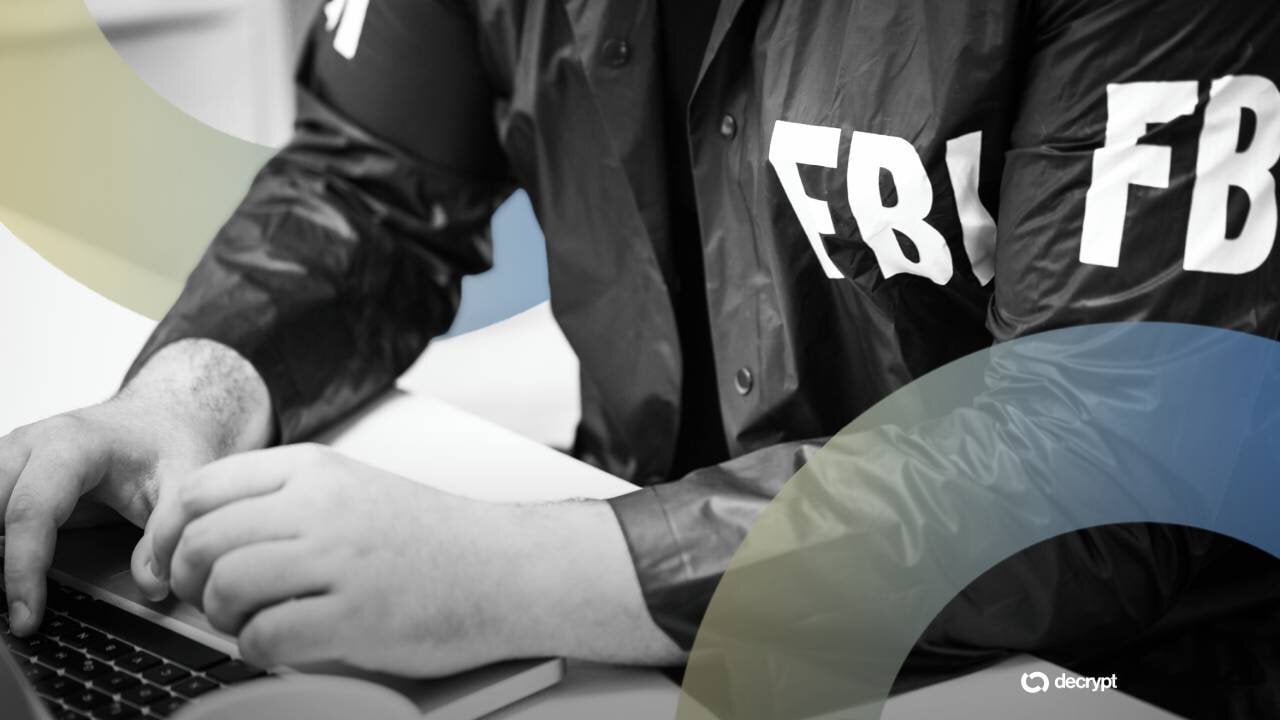Telegram Is Turning Chats Into Crypto Finance: TON, USDT, and Tap-to-Yield Inside a 1B-User App


Telegram started life as a fast, privacy-first messenger. Today, it’s also a front end for on-chain money. Specifically, USDT and XAU₮ live natively on TON, LayerZero pipes in liquidity from major L1s, and Ethena’s USDe/sUSDe runs in Mini Apps. Payments, yield, and transfers happen in the chat, so you don’t have to deal with computer wallets or tabs.
If you’re deciding whether to move part of your flow into chat, this is your field guide.
Specific Use Cases
Telegram’s finance layer is growing into daily transactions. For example, USDT on TON lets people send money to each other in chats and groups. Mini App partners can send balances to cards or payment networks so that users can pay.
Traders get in-chat spot/perp bots, portfolio views, and copy-trading. Creators can make money with channel paywalls, USDT tips, and token-gated drops. “Tap-to-yield” vaults make saving with stablecoins feel like banking on your phone, and RWA bots find tokenized assets other than XAU₽.
Add in-bot KYC and age gates that segment access by jurisdiction. Layer in community treasuries with on-chain votes and payouts, plus ticketing/passes verified in chat. You end up with a full stack running inside the same interface people use every day.
Mini Apps are powered by the same tracks that let you save money and pay for things. If you’re mapping the entertainment use case inside Telegram’s finance stack, the best Telegram casinos offer a neutral survey of TON/USDT-based Mini Apps. In-chat deposits/withdrawals and provably-fair game logs are still a rarity in the wider industry, which is why the format is drawing attention. As with any gambling product, availability and legality vary by region.
The Primitives: Stablecoins, Tokenized Gold, And Cross-Chain Pipes
TON’s stack now has natively issued USDT and Tether Gold (XAU₮), so Telegram users can hold dollars or tokenized gold without leaving the app. Tether’s 2025 disclosures show that XAU₮ is backed by 7.66 tons of real gold, which is about 246.5k troy ounces. This gives users another “hard asset” choice besides the dollar.
Interoperability is also getting better. As of February 2025, LayerZero went live on TON, connecting the network to Ethereum, Solana, Base, and other cryptocurrencies. This was a key step toward bringing value to places where users are already present, like Telegram chats and Mini Apps.
Tap-to-Yield: DeFi Without the DeFi Learning Curve
“Tap-to-yield” is the most important change for users. Ethena Labs added USDe/sUSDe saves to Telegram/TON in 2025. This turned staking from a DeFi task with many steps into a task that only needed a few taps in a bot or Mini App.
With this change, Telegram becomes more like a neobank front end for on-chain yield, not just another display that needs a browser wallet and chain switching.
From Chat To Checkout: Spending Rails Arrive
It’s useful to hold value; spending it is acceptance. RedotPay added TON in March 2025 and said it had access to more than 130 million merchant connections through card and payment partners.
The claim needs to be qualified with the normal qualifiers, like being available in certain regions and only accepting certain types of merchants, but it does show a way to get from Telegram balances to regular checkout without having to switch apps.
The Interface Advantage: Mini Apps And Bots As Distribution
Sign-in, payments (including Google and Apple Pay), and messages are all part of Telegram Mini Apps. The user interface is simple and doesn’t feel like “crypto.”
Onboarding is no longer: install a wallet, learn a seed phrase, and connect a site. Now it’s: open a bot, approve once, and tap to act. For most users, the interface is what makes them act, not TPS data.
What to Watch Next
Asset breadth
Now that USDT/XAU₽ is live, keep an eye out for more asset support that will keep users in Telegram’s UX. There will likely be more bridged majors (like ETH and SOL) and Telegram-native representations that settle on TON. This will cut down on the number of hops needed for swaps and yield flows.
Governance and scrutiny
Telegram’s growth has drawn regulatory attention; as finance features expand, expect closer examination of custody, disclosures, and Mini App policies in the U.S. and EU. Reuters flagged the platform’s rapid scale and the compliance spotlight as it approached the 1B-user milestone.
On-ramps/off-ramps
If there were more fiat bridges in Mini Apps, “try a bot” would become “replace a banking task.” Users can add USDT, pay someone, or send money to a card without ever leaving chat. This is made possible by card/ACH on-ramps, local bank rails, and P2P cash-in/cash-out, as well as in-bot KYC.
You May Also Like

Federal Reserve Lowers Interest Rates Again

Crypto market crashes as Fear and Greed and Altcoin Season Index slips
